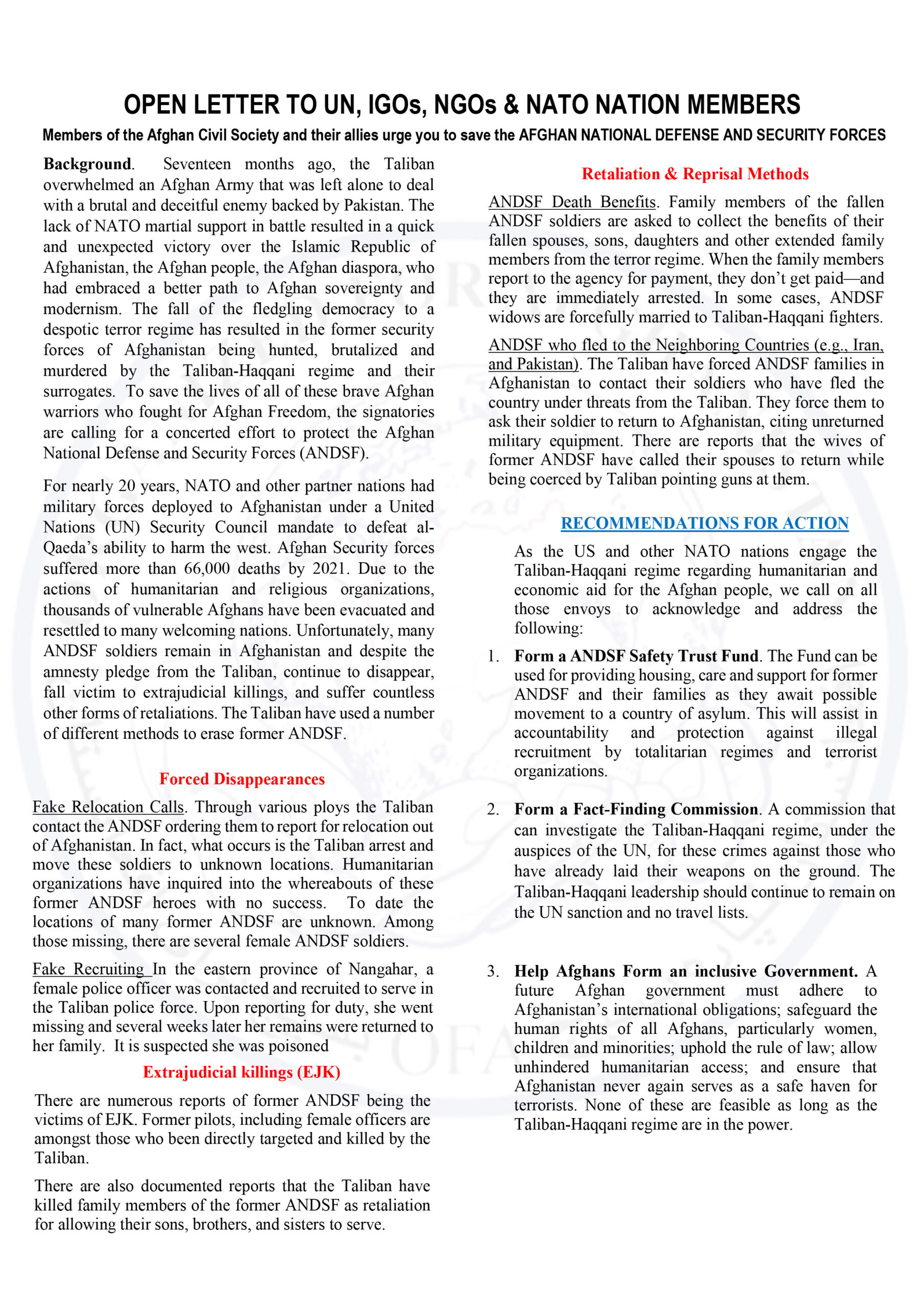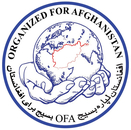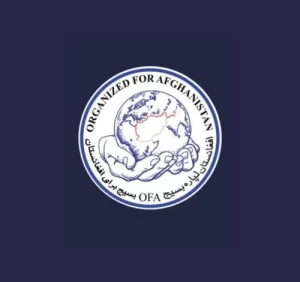STATEMENTS
The Underpinnings of Afghan Patriotism are at Risk of Full-Scale Erosion. But Afghan Grassroots have organized to resist!
Written by, Fazelhaq HaqmalNational flags, historical events, war heroes, and anthems are all emblems that symbolize patriotism. In addition, parents, teachers, the media, and entertainment all direct the narrative that instills personal and national values into future generations.
We “off on a side road” and
“refuse to play the game” is to invite
costly depredations.
Kenneth Boulding, British-born American
EconomisT January 18, 1910 – March 18, 1993)
After the 15 August cheap victory over the Afghan republic, the Taliban regime began systematically targeting of all these vessels of national identity. This dismantling is intended to achieve a transformative generational change aimed at remaking the Afghanpeople, institutions, andgovernance to identify with the Taliban’s worldview. Defeating this realignment is a redline for our network, Organized for Afghanistan (OFA)—which is composed of the Afghan Grassroots. OFA has evolved a strategy to counter these vicious attempts with firm resistance, strength, and fortitude.
Background/Essential Elements
To destroy the most visual identity of the Afghan people, the Taliban immediately replaced the Afghan tricolor black, red, and green flag. This flag was adopted in the aftermath of the Anglo-Afghan War of Independence in August 1919. In its place was put the white Taliban flag. The Taliban flag represents the ruthless Taliban attacks on the Afghan people. To the common Afghan, the Taliban flag represents terror, destruction, and barbarism. In official parades and ceremonies, Taliban play Taranas[1] instead of the Afghan national anthem.
The Taliban Ministry of Education has introduced a plan that will direct large resources to building thousands of Madrassas—which will house more than 1,000 students in each of the country’s 34 provinces.[2] These Madrassas will train and indoctrinate Afghan children to think like the Taliban, cherish Taliban values, and adhere to the Taliban way of life—instead of the Afghanistan’s national pride and consciousness. The plan also seeks to significantly modify the curriculum for public schools. This new curriculum will focus less on traditional civic education (e.g., science, technology, engineering, and mathematics) and more on incorporating artifacts and materials from the Madrassa curriculum. This is to ensure the Afghan children are receptive to the Taliban image, not the Afghan national identity.
These efforts are all attempts to influence “fundamental orientations[3]” (e.g., feelings, and judgements) on 7- and 8-year-old Afghan children. These children will subsequently become the image, face, likeness, and advocates of the Taliban.
The Taliban are also seeking to implement similar reforms in the higher education sector as the regime has recently suspended the university education for all female students. It is obvious from their official statements that the intent is to incorporate Madrassas values and teaching materials into the higher education curriculum.
Why Defeating this Realignment is a Redline?
Our formative period was chaotic. This chaotic era begun with the Soviet invasion of Afghanistan in 1979-1989 and worsened as the country fell into the hands of Mujahidin factions and was illustrative of Taliban rule. This era, at its best, was Hobbesian “life of…solitary, poor, nasty, brutish, and short,” and at its worse, was Hobbesian condition of “such warre of every man against every man.”[4]
Afghanistan had descended into chaos and a chronicle of guerrilla fights, sieges, and short-lived alliances as warlords were fighting to control a part of the country. Thousands were orphaned and widowed. The human spirit had completely eroded.
The 2004 constitution put an end to this chaos. It provided political legitimacy to the Afghan republic to exercise national power. It reinvigorated the social contract between the people and our republic. Despite serious deficiencies associated with corruption and security, our nation made improvements in infrastructure, health, education, human rights, and sports. Afghans enjoyed a forward-looking young democracy with functioning state institutions, backed up by a vibrant civil society, a modern free press, and quickly evolving national defense and security forces. The national flag was flying throughout the country and in embassies across the world. The national anthem was played in every official ceremony. Afghanistan was no longer walled off from the international community. Her citizens were respected abroad as young professional Afghan men and women made their way to some of the world’s most prominent universities.
At home, a bond was forged between Afghans, their republic, national security forces, the national anthem, the national flag, national sport teams, public schools, and the free press which the nation was deprived of for decades. August 15 ended all of this. The Islamic republic is gone, our national security forces have been annihilated, our intellectual freedom of thought and expression has died. What was left in Afghanistan have fled the vile systematic depravity of the Taliban, and most of the Afghan scholars, writers, and musician use their talent abroad, but yearn to return. There is no national flag flying, and no there is no national anthem playing. The bond of patriotic symbols that connected us have been destroyed.
How has OFA formed to Resist?
The Taliban cheap victory over the Afghan republic gave the Aghan Grassroots a decision. The Afghan Grassroots knew then—as they do now— that the nation is locked in a spiral of unprovoked hostility; that appeasement and concessions wouldn’t placate the the regional hegemons (e.g., Pakistan, and Iran) disstatication and nor would it extract a concession; and that if it wasn’t for the same hegemons leveraging unconventional resources to erode Afghan faith in the Afghan republic and the national security forces, the Taliban would not have come to power. The Afghan Grassroots knew they couldn’t be bystandars. They needed to act in novel, bold, shrewd and strategic ways.
Afghan Grassroots established a network, OFA. As part of this effort, the network enacated an achievable, and compelling vision to stop the erosion of the hard-earned gains, transform the practice of national sovereignty, and achieve a certain future in Afghanistan. OFA’s intent is to pass on a pluralistic, economically vibrant, and nationally resilient Afghanistan to the next generation. To achieve OFA’s vision, OFA codified its members’ thinking into a forward-looking approach. This is the OFA’s Whole-of-Afghan Approach. It mobilizes patriotic Afghans for Afghanistan to counter the Taliban’s malign narrative. OFA presents a national narrative and that is Pan-Afghanism. While novel, simple, and resonating with the Afghan historical, cultural, and spiritual values, Pan-Afghanism calls for civic identity, civic participation, civic education, and loyalty to a strong centralized republic. According to this moral doctrine, no Afghan is superior or inferior and that is irrespective of race, place of birth, and/or the language they speak.
OFA leverages three principled efforts to bring the Afghan people together and provide them a path to a certain future.
-
- First, we will leverage Pan-Afghanism and strategically frame issues to make them comprehensible and appealing to the hearts and minds of the Afghans. To mobilize the will, the strength, and the potential of the Afghans for Afghanistan, OFA will introduce new ideas, norms, and discourse (e.g., cultivate and cherish Afghan patriotism by instilling civic identification and loyalty to a pluralistic republic) into the Afghan policy debates.
- Second, OFA will launch a public diplomacy campaign that leverages a strategic framework to build links among actors in civil societies such as journalists of the like-minded nations, international organizations who encourage sanctions and other diplomatic tranches;
- and lastly generate politically credible and usable information and position it where it may have the most impact among the Afghan grassroots. OFA will employ legal fare to bring territorial aggrandizement of the Afghan territory to the attention of international body.
a nation is “a daily referendum,” and
that nations are based as much on what
the people jointly forget, as what they
remember.
Ernest Renan (1823–1892)
Finally, OFA’s Center for Afghan Thinkers will educate and bring together as many Afghan visionaries as possible who can creatively think, share, discuss, and refine big ideas about Afghanistan’s future. OFA visionaries will collectively pursue a future from clean sheet of possibility rather than reverting to the siloed approaches and failing paradigm that held Afghanistan back.
OFA is going to be synchronising Afghans in Afghanistan and the diaspora, along with friendly nations, and NGOs to achieve the following.
-
- An Afghanistan with a Republic architecture and civil constitution capable of solving the problem of moral autonomy, individualism, and social order—by democratic means—to strengthen the social contract. OFA belief is that real checks and balances can remove tyranny, elitism, nepotism, and corruption.
- An Afghanistan with organizational, industrial, and technological proficiency and a market-oriented mobilized private sector.” OFA sees Afghanistan as an economic and energy “roundabout” in Asia allowing them to use agribusiness and industry to decrease reliance on donor nations.
- An Afghanistan with domestic tranquility, the defense of national unity behind secure frontiers, and a strategic advantage. OFA wants to reduce the threats from regional hegemons and increase the international affairs acumen of Afghans in government, business, and civil society.
To these ends, OFA will be focused on the following efforts: People, Center for Afghan Thinkers, International Institutions, Information, and Humanitarian Services.
In the near term, OFA network will be focused on organizing and launching their efforts globally. In the Mid-term, OFA will be focused on integrating efforts and gathering Afghans to rebuild Afghanistan to pre-August 15 levels and beyond.
OFA wants an Islamic Republic that is an independent, unified, and indivisible state where all faiths are free to worship. OFA want a centralized presidential government that effectively leverages bleeding edge research and technology to better serve the public interest, in a less costly and more effective way. OFA wants a government that is smaller, more respected, and less intrusive—while focusing on being more equal. OFA supports devolution of power to provincial capitals and will work with an independent research entity to conduct cutting-edge research to identify areas (e.g., budget, etc.) for devolution, and to streamline the state system.
OFA discourages policymaking that is driven by grandstanding and emotions which have held Afghanistan back. OFA places high premium on women representation, and they are already integrated into the decision-making and leadership body across the network.
Conclusion
While the Taliban are systematically targeting the mosaic of national institutions and attempting to remake the Afghan society in their image, Afghan Grassroots are rising out of ashes of the 15th August to rebuild the republic at an unprecedented speed. OFA mission will be focused on linking the past, and present for a collective future. OFA will ensure this generation is the author of their history and it is determined to leave behind a better Afghanistan.
[1].Tarana is a Pashtu word for traditional poem in Afghanistan.
[2]. Radio Azadi, “War on Education: Taliban Converting Secular Schools Into Religious Seminaries,” Grandhara, 2022, https://gandhara.rferl.org/a/taliban-secular-schools-converted-madrasahs-education/31914672.html (accessed October 31, 2022).
[3]. Schutz, W.C. (1958). FIRO: A Three-Dimensional Theory of Interpersonal Behavior. New York, NY: Holt, Rinehart, & Winston.
[4]. Thomas Hobbes, Leviathan or The Matter, Forme and Power of a Commonwealth Ecclesiastical and Civil (1588–1679).
SAVE AFGHAN SOLDIERS
Seventeen months ago, the Taliban overwhelmed an Afghan Army that was left alone to deal with a brutal and deceitful enemy backed by Pakistan. The lack of NATO martial support in battle resulted in a quick and unexpected victory over the Islamic Republic of Afghanistan, the Afghan people, the Afghan diaspora, who had embraced a better path to Afghan sovereignty and modernism. The fall of the fledgling democracy to a despotic terror regime has resulted in the former security forces of Afghanistan being hunted, brutalized and murdered by the Taliban-Haqqani regime and their surrogates. To save the lives of all of these brave Afghan warriors who fought for Afghan Freedom, the signatories are calling for a concerted effort to protect the Afghan National Defense and Security Forces (ANDSF).
For nearly 20 years, NATO and other partner nations had military forces deployed to Afghanistan under a United Nations (UN) Security Council mandate to defeat al-Qaeda’s ability to harm the west. Afghan Security forces suffered more than 66,000 deaths by 2021. Due to the actions of humanitarian and religious organizations, thousands of vulnerable Afghans have been evacuated and resettled to many welcoming nations. Unfortunately, many ANDSF soldiers remain in Afghanistan and despite the amnesty pledge from the Taliban, continue to disappear, fall victim to extrajudicial killings, and suffer countless other forms of retaliations. The Taliban have used a number of different methods to erase former ANDSF.


